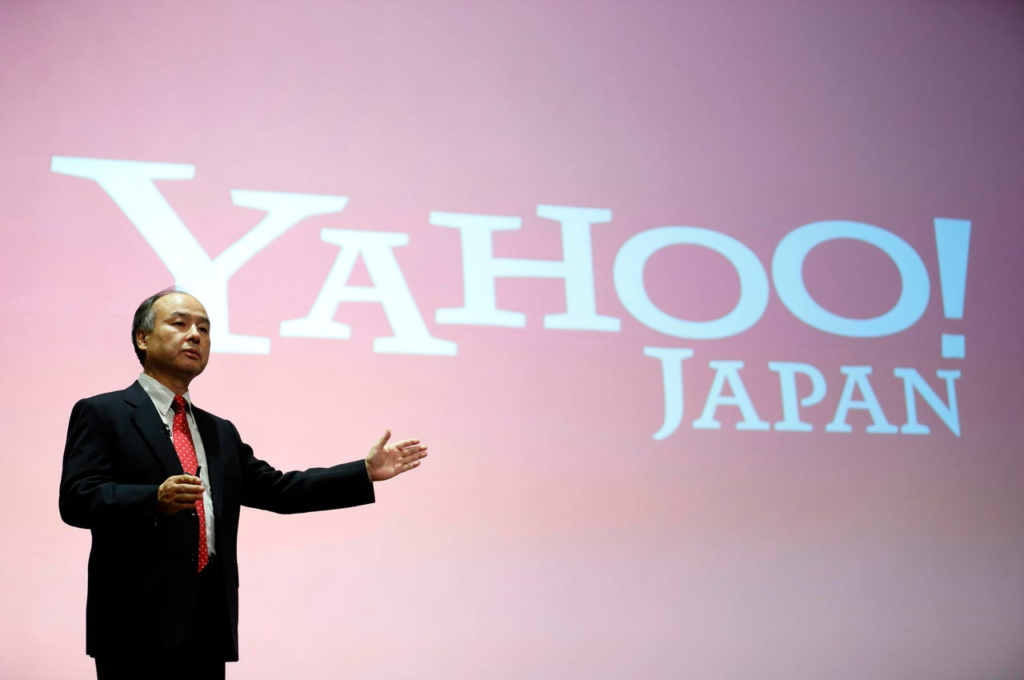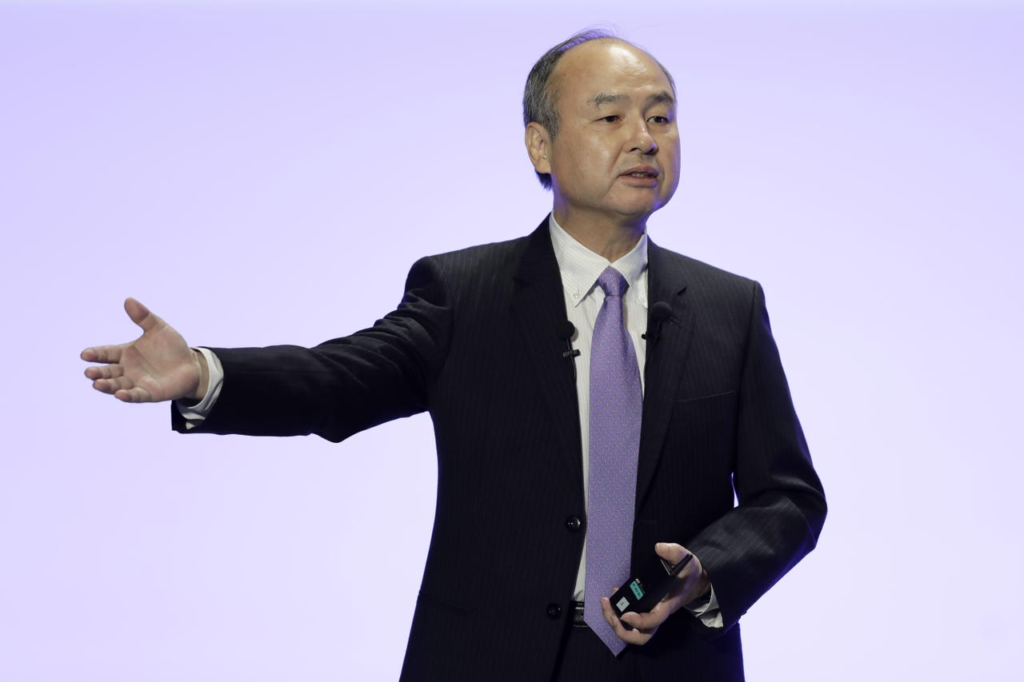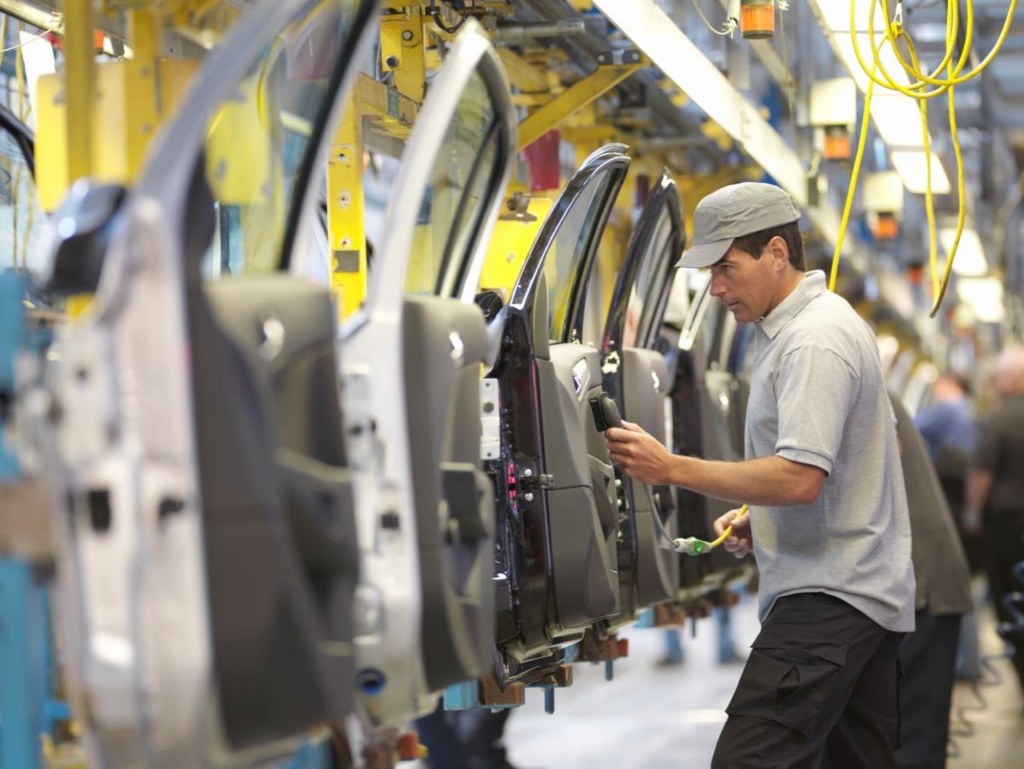While a lot of trade shows went on hiatus during the pandemic, one event, for press, kept rolling merrily along: Holiday Spectacular, a one-day affair that is usually held multiple times throughout the year in Manhattan. The show, where one can kick the tires on curious and intriguing new techno gadgets, continued as s virtual-only event, minus the hors d’oeuvres and spirits. (Unless you are bringing your own at your home office). This week, on Thursday, Holiday Spectacular was back again in virtual fashion. It’s not the same without being actually in front of the card tables with a plate of nibbles in hand, but it is a welcome bit of familiar gadget fun. Brands large and small at holiday spectacular Each of thirty vendors had a dedicated Web page, featuring a YouTube or Vimeo commercial, a link to press materials, and contact info, and a button to enter a live Zoom session with the vendor. In general, it felt well thought out and made it easy to survey the offerings. Vendors ranged from the very large names that have been mainstays at Holiday Spectacular, such as Philips and Lenovo, to startups such as Mode, Level, and Tranquility. Here’s a rundown of some of the novel items on display: Mintal’s Mintal Eye Massager: a pair of goggles that provide “15-minute relaxation journey by blocking out light, which signals to the body that it is time to rest, and playing soothing sleep sounds to promote quality sleep.” The company says it is developing a family of wellness products using AI. The Massager will be on sale for a limited time on Amazon and Mintal’s Web site for $69.99 before going up to the regular price of $149.99. Mintal Eye Massager, part of a family of wellness products from Mintal using “AI” Mintal Pozio Cradle and Shield Listening Blockers: To shut up Alexa, Siri and Google Assistant from responding to wake words, the Shield sits on top of smart speakers such as Amazon’s Alexa or “most major smart speakers on the market,” and prevents them from hearing conversations via “state-of-the-art, proprietary technology” that the company says “can’t be hacked, and they can’t communicate with the cloud because they’re not connected to the internet.” The same for the company’s Cradle for smartphones. One phrase, “Pozio Stop,” temporarily shuts off blocking to allow one to use the smart speaker, after which blocking resumes within 30 seconds. Shield priced at $119 or $129 depending on size, Cradle priced at $129 and up depending on features. Sign up from the company’s Website for the Kickstarter campaign starting later this month. Pozio’s Shield will make Alexa and other smart speakers deaf to your cries. Pozio Neato Robotics’s D10, D9 and D8 robotic vacuum cleaners: step aside Rumba, the Neato machines boast things such as HEPA filtersand “the latest LaserSmartTM LIDAR-based technology. The company has recently added the capability for the device to respond to voice commands from Google Assistant and Alex, and in future promises to be the first “the first robotic vacuum to add support for Siri Shortcuts.” Starting at $399, available from the Neato Website. Neato Robotics’s robotic vacuum cleaners with LiDAR are the closest thing we’ll probably get to self-driving vehicles anytime soon. Neato Robotics Origin Wireless‘s Hex Home smart security system: Easy-to-install home security monitoring uses WiFi signals to detect motion in the home and alert home-owners. Advertises easy set-up by plugging devices into AC power, connecting to WiFi, and downloading the app. Pricing starts at $199.99, available on the Hex micro-site. Origin Wireless‘s Hex Home smart security system claims you’ll never have to hassle installing home security again. Origina Wireless American Textile Company’s Tranquility Knit Weighted Blanket: A 12-pound blanket, measuring 48″ by 72″, “applies deep calming pressure across the body,” and uses what the company calls an “open knit” structure of polyester strands that “promote airflow” to keep a person cool better than other weighted blankets. The blankest can be therapeutic, says the company, “to calm and comfort people who have trouble sleeping, including those with conditions such as stress, anxiety, autism, ADHD, and PTSD.” Priced at $9.99 for the basic model, the blanket is available at Walmart and Target, or the company’s Web site. Other models range in price with a variety of different features. American Textile Company’s Tranquility Knit Weighted Blanket has been airflow and other features that weighted blankets tend to lack, and “calm and comfort people who have trouble sleeping, including those with conditions such as stress, anxiety, autism, ADHD, and PTSD.” American Textile Company Hubble Connected’s Nursery Pal Premium, Hubble Dream+, and Nursery Pal Dual Vision: The latest in baby tech. The Pal Premium plays lullabies and tells stories from the camera unit while giving parents a touch-screen monitor. The Dream+ consists of a sleep mat, sensor and camera that transmit data on heart rate, breathing rate and sleep quality and connect to a HubbleClub cloud app. The Dual Vision baby monitor uses a dual-lens system to see the baby’s room from multiple angles at the same time. Coming to retail at Buy Buy Baby and Walmart, or on the Hubble Connected site, starting at $79.99. Hubble Connected’s Nursery Pal Dual Vision gets not one but two different angles on your sleeping child. Hubble Connected TP-Link Deco AX6600 Whole-home Mesh WiFi 6 system: Uses intelligent algorithms to “achieve seamless whole home coverage with a clearer and stronger whole home Wi-Fi up to 6,000 sq. ft. while eliminate dead zones and buffering,” the company says. Phone app lets one set up the network with “clear visual guidance” that “keeps you in control even when you aren’t home.” Enhanced control over home user access to the network. Available at Best Buy, Amazon or Micro Center, from the company’s Website, for $399.99 for a dual-unit pack. The TP-Link DECO AX6600 Wifi 6 mesh router promises to catch all the dead spots in your home and give you greater control over user access. TP-Link Level Home Level Lock: Electronic door lock that is billed








